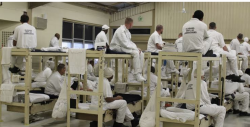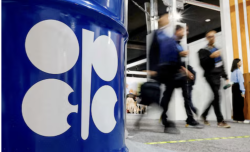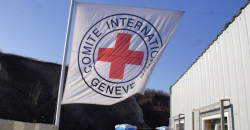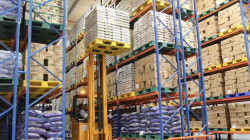Abood Hamam: 'A picture can kill you or save your life'
- 2020-07-23 12:01:48


 Pierre Rayer: Art, Science, and Happiness: The Universal Mission of Transmission to Future Generations through Patronage at the Louvre Abu Dhabi
Pierre Rayer: Art, Science, and Happiness: The Universal Mission of Transmission to Future Generations through Patronage at the Louvre Abu Dhabi Ahly crowned Super champions after dramatic extra-time win over Modern Future FC
Ahly crowned Super champions after dramatic extra-time win over Modern Future FC Yemeni Honey..A Development Wealth Threatened By Conflict And Climate Change
Yemeni Honey..A Development Wealth Threatened By Conflict And Climate Change California wildfires: Millions warned of possible power cut
California wildfires: Millions warned of possible power cut Central African rebels launch attacks near capital
Central African rebels launch attacks near capital 91 prisoners mistakenly released from UK prisons
91 prisoners mistakenly released from UK prisons UN Envoy to Yemen Concludes Regional Visit to Abu Dhabi and Riyadh, Reaffirms Push for Inclusive Peace
UN Envoy to Yemen Concludes Regional Visit to Abu Dhabi and Riyadh, Reaffirms Push for Inclusive Peace OPEC shifts oil outlook to see small surplus in 2026
OPEC shifts oil outlook to see small surplus in 2026 Yemen : Houthi militia Storm ICRC Headquarters in Sana’a
Yemen : Houthi militia Storm ICRC Headquarters in Sana’a Aldar acquires Kezad assets for $155m to boost industrial property portfolio
Aldar acquires Kezad assets for $155m to boost industrial property portfolio
